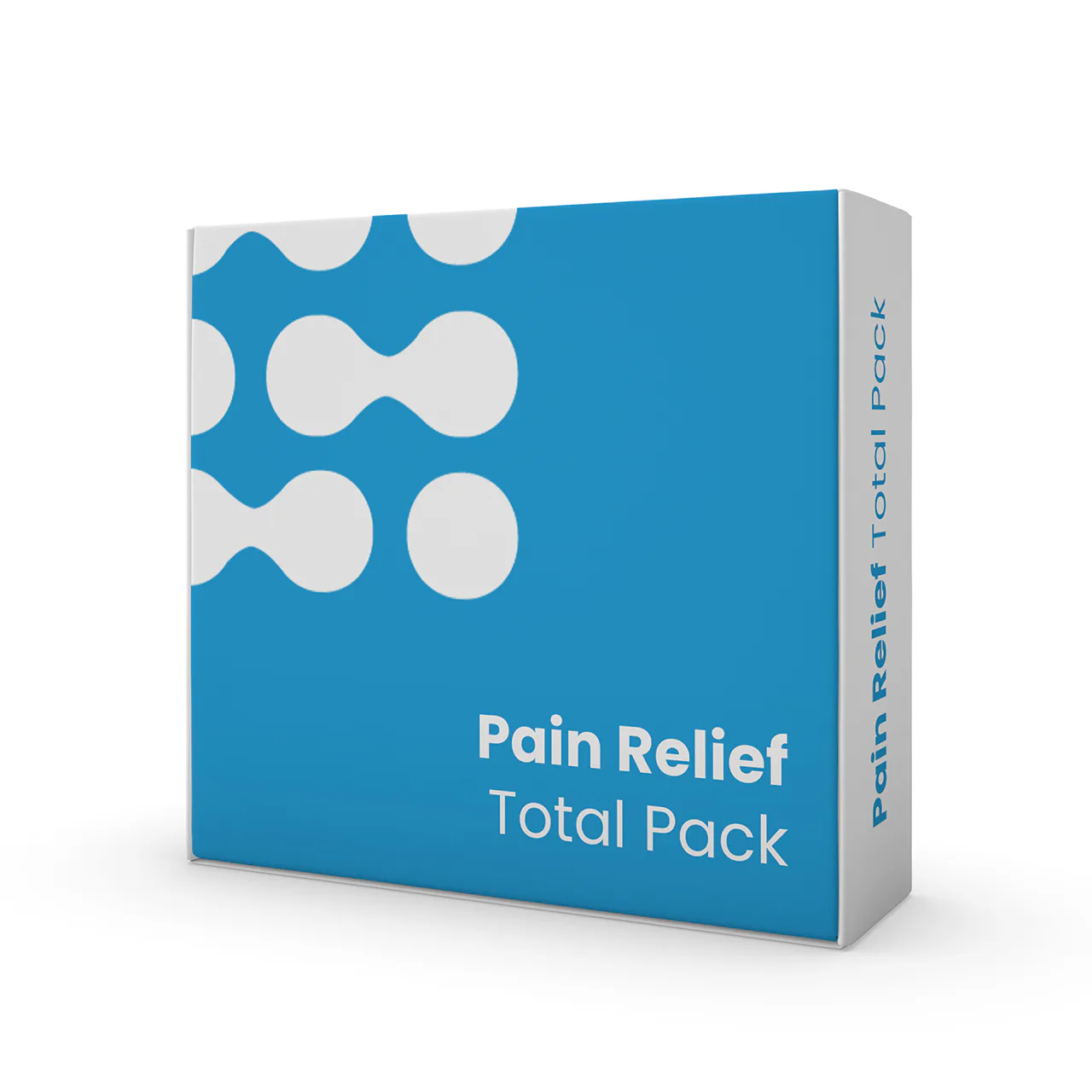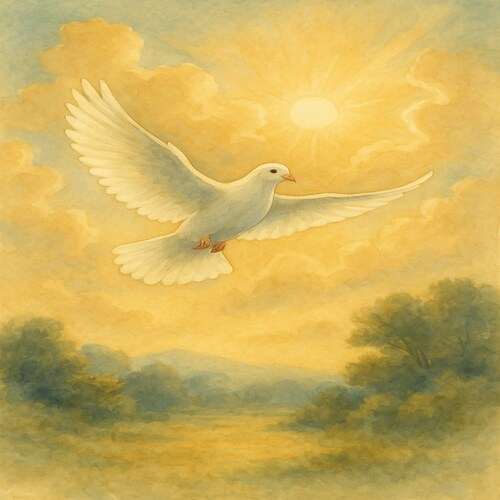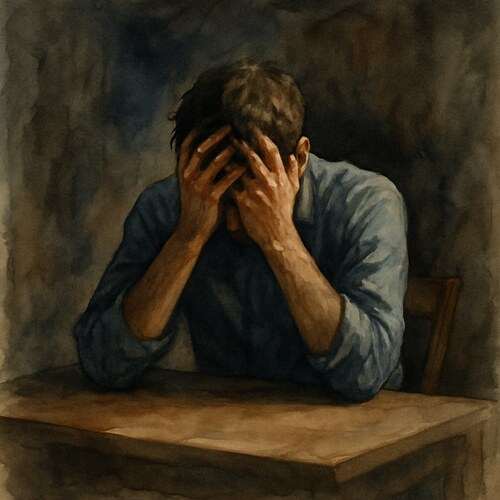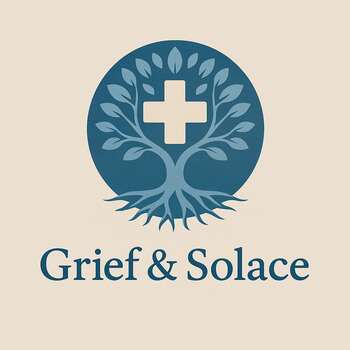Post-Traumatic Stress Disorder (PTSD): When the Past Refuses to Stay Silen
Grief tied to Post-Traumatic Stress Disorder (PTSD) is the echo of battles fought long ago, watching someone you love live through wars that never fully ended.
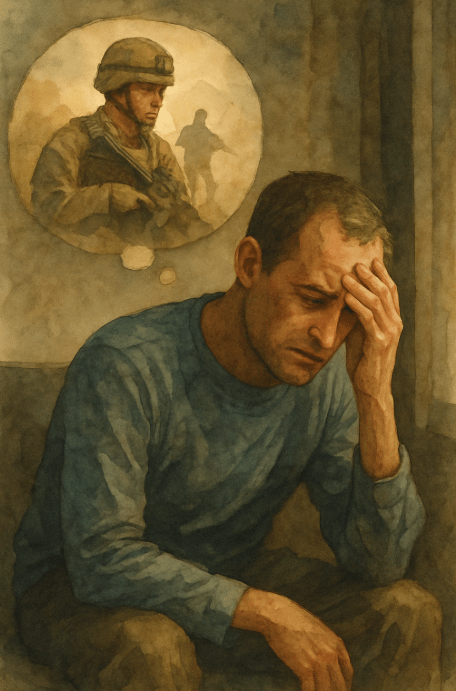
This post blends real grief with grounded knowledge. It isn’t clinical. It isn’t distant. It’s meant to sit beside you—not above you. The story you’ll read is meant to reflect what so many feel when living through or witnessing this condition: confusion, exhaustion, and quiet forms of courage.
If what you read feels familiar, please speak with your doctor. Your pain deserves more than silence.
I Lost Him to a War We Couldn’t See
He came back home unharmed…
That was the consensus. No fractures. No missing limbs. Just a duffel bag, a token of appreciation, and a man who felt like a stranger.
At first, it was the subtle shifts. He positioned himself carefully in restaurants, keeping his back to the wall. He flinched at the sound of the microwave. His gaze would wander into the distance, lost in shadows of memories that only he could see.
He never talked about his experiences. Not the deployments. Not the dust storms. Not the chaos that surrounded him. Not the names that echoed in his mind but remained unspoken.
But the war didn’t stay behind. It followed him home. It settled into our bedroom, filling the silent spaces between us.
🧠 Symptoms:
*Intrusive Memories:*
– Recurrent, unwanted distressing memories or flashbacks
– Nightmares about the trauma
– Severe emotional or physical distress triggered by reminders
*Avoidance:*
– Steering clear of thoughts, conversations, people, or places linked to the trauma
*Negative Changes in Thinking and Mood:*
– Persistent negative thoughts about oneself, others, or the world
– Feelings of guilt, shame, fear, or blame
– Loss of interest in activities once enjoyed
– Emotional numbness and detachment from loved ones
*Physical and Emotional Reactions (Arousal Symptoms):*
– Hypervigilance, irritability, angry outbursts
– Sleep disturbances, difficulty concentrating
– Reckless behaviors (substance use, risky activities)
– Physical signs: sweating, shaking, rapid heartbeat
Sleep was elusive. Not the restful kind. Not without nightmares invading his mind like bullets in the night. Some nights, he would wake, his voice resonating from those nightmares. Other nights, he lay still, drenched in sweat, eyes wide open, breathing as if he had just escaped death.
During the day, he was mute. Excessively silent…
He would forget birthdays. Miss appointments. Drift through conversations as though the connection to reality was always just out of reach.
I tried to connect with him. I sought to understand his needs. He reassured me he was fine, claiming it was nothing. Just jet lag, or a tough week, or too much noise.
But the truth rang louder than his words…
He battled with PTSD. Not just fear, but a memory that ensnared him. Every sound, every scent, every silence became a possible trap.
Complications:
– Depression, anxiety, substance abuse
– Social withdrawal, relationship struggles
– Reduced performance at work or school
– Increased risk of suicide or self-harm
Causes:
PTSD develops after experiencing or witnessing traumatic events involving death, serious injury, sexual assault, or threats to life or safety.
Factors influencing risk include: severity/duration of trauma, genetics, brain chemistry, childhood trauma, or repeated exposure.
He couldn’t enter crowded spaces without surveying the exits. Fireworks would drop him to the ground. Sometimes, he couldn’t even hold my hand because the warmth felt threatening.
The war didn’t take his life, but it transformed his very existence.
He mourned the man he used to be. The one who laughed easily. Trusted without question. Engaged without hesitation…
Therapy offered glimpses of relief. Slowly, one thread at a time, helping him identify triggers, breathe through the tidal waves of flashbacks, and learn to live without being shackled by the past.
Yet, healing was not linear. It came in fits and starts, in days that felt almost normal…until they slipped away.
And I remained. Not as a fixer. Not as a rescuer. But as someone who cherished the man he once was and held onto the man who still existed beneath the surface.
He returned home with his body, but the war sought to claim his soul. Every day since, he battles to reclaim it.
Risk Factors:
– Severe or prolonged trauma
– Physical injury during trauma
– Prior trauma history (e.g., childhood abuse)
– Trauma-related occupations (military, emergency responders)
– Preexisting mental health issues (anxiety, depression)
– Substance misuse
– Lack of social support
– Family history of PTSD or depression
📘 Diagnosis & Treatment
**Diagnosis**
– Physical exam to rule out other causes
– Mental health assessment focusing on trauma history
– Symptoms lasting over a month and impairing daily functioning
**Treatment**
*Psychotherapy:*
– Cognitive Therapy: Reframes negative thought patterns
– Exposure Therapy: Safely revisits trauma triggers to lessen sensitivity
– Stress management: Sleep hygiene, relaxation, exercise
– Can be individual or group sessions
*Medications:*
– SSRIs (sertraline, paroxetine) or Venlafaxine
– Short-term anti-anxiety meds
– Prazosin (nightmares, evidence variable)
– Stellate Ganglion Block (experimental nerve injection)
*Support Strategies:*
– Avoid self-medicating
– Maintain connections with supportive people
– Establish healthy routines (sleep, nutrition, movement)
– Engage in peer or community support
**Living With It**
PTSD isn’t a scar—it’s an open wound, pulsing beneath the surface. One sound, scent, or word can flood you back into the trauma—reminding you of survival, but never fully freeing you. It often feels like a second skin, protective yet suffocating. The grief isn’t just about what happened; it’s about who you were before—trusting, free, whole.
Healing is real, though nonlinear. It’s slow, sometimes painful, but possible. It begins when you acknowledge: “I survived, I still hurt, and I deserve to be whole again.” Healing is the journey from silence to voice, from numbness to connection, from surviving to living.
I know this is heavy, and I understand that the road ahead may feel like a tangle of loss and unanswered questions. But please hear this: you are not broken because you are hurting; you are not weak because you are afraid. You are living through something real, and survival itself is a kind of grace. You are allowed to struggle, you are allowed to hope, and you are allowed to not have all the answers today. Whatever comes next, you do not face it empty-handed; you carry every moment of love that shaped you, and that will always be enough to keep going.
🎀 Gifts to help With Post-traumatic stress disorder
🏥 Everyday Comforts for Everyday Battles
Managing Post-traumatic stress disorder often means needing a little extra help.
Sometimes it’s about restoring dignity, ease, or simply getting through the day with less pain.
These carefully chosen tools aren’t just items; they’re small bridges back to living.
This section is about finding practical support, never shame.
Weighted Trauma Recovery Blanket – Pressure That Says “You’re Here, You’re Safe, You Can Rest”
PTSD doesn’t go away when the lights go out. This weighted blanket provides deep pressure therapy to help ground the nervous system, reduce nighttime panic, and ease hyperarousal. Quiet, soft, and heavy in the best way—like a hug your body didn’t know it needed. A barrier between you and the night.
🌿 Paths to Healing Beyond the Map
Sometimes traditional medicine isn’t enough.
If you’re exploring gentle, alternative options to help with Post-traumatic stress disorder,
you might find comfort in plant-based compounds like **CBD or CBG**.
*This section is not medical advice, just a door left open.*
USA Medical Stress Relief Total Pack – Nervous System Support When the Mind Won’t Stop Firing
PTSD makes the body respond like the trauma is still happening. This Total Pack blends CBD, stress-regulating botanicals, and emotional calm support to help take the edge off the fight-or-flight cycle. It won’t erase the flashbacks. But it may give you space to breathe between them.
Need a Different Path Forward?
Every journey through grief looks different. Choose the next step that speaks to where you are now:
When You're Ready to Start Healing
Healing doesn’t mean forgetting.
It means finding small ways to carry your grief with strength and grace.
These are the stories, tools, and gentle steps to begin walking forward…at your own pace.
When You're Still in the Thick of It
Sometimes healing feels like a lie.
If you’re not ready to move on…if the pain still roars louder than the world wants to hear…this is the place where you’re allowed to feel it.
No sugarcoating. No pretending. Just truth.
When You're Holding on to Who’s Still Here
Grief reminds us to love louder.
If someone you love is still with you, this is your place to celebrate them, honor them, and create new memories while there’s still time.
Joy and sorrow can live side by side.


